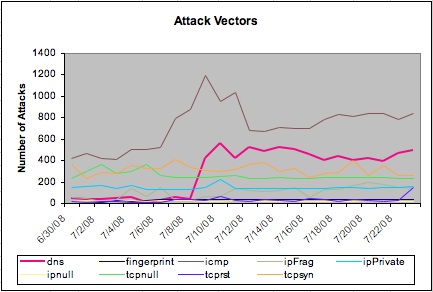Good news:
Kansas State University will host a symposium on the sustainability of biofuels production and processing in the Central Plains. The symposium, scheduled for September 16 at the K-State Alumni Center in Manhattan, Kan., is being sponsored by the Kansas Center for Agricultural Resources and the Environment, K-State Research and Extension, and the K-State Center for Sustainable Energy.
A pre-symposium poster paper session is planned for September 15 from 5-7 p.m. Posters will also be on display during the symposium. Poster entries are now being accepted at http://www.dce.k-state.edu/conf/bioenergy/. Topics must be related to the program purpose. Submission deadline is September 1. Poster presenters are required to register for the symposium and to pay the $40 registration fee.
Target audience for the symposium includes university faculty and staff, state and federal agency personnel, farm groups, and industry representatives from Kansas and neighboring states.
This program is designed to disseminate technical information regarding the sustainability of biofuels production and processing, including production of feedstocks, biofuels processing, by-product utilization, implications for use of natural resources, short- and long-term economics, and social and environmental impacts. Presentations will summarize existing technical information, ongoing research, and technological challenges for the future.
Questions about poster submissions and registration should be directed to Debbie Hagenmaier, program coordinator, at debbieh AT k-state.edu. Questions about the symposium program or purpose should be directed to Bill Hargrove at bhargrov AT k-state.edu.
Amazing that there will only be two weeks between submission and the symposium. Maybe I will propose something on national security, individuality and energy policy. The link between biofuels and security management is more tangible than ever.

